In today’s digital world, fueled by advances in technology, our fascination with animation and graphics has exploded. We now see the world through a more creative lens, and many people are drawn to using visual elements to convey impactful messages. If you share this passion for art, design, and technology, then a career in graphic design might be the perfect fit for you! To learn more about this exciting field and explore the 10 job profiles for a graphic designer
Contents
What is a Graphic designing job?
In the world of graphic design, professionals take on a multifaceted role. They meticulously plan, design, edit, and develop a range of digital and creative products. This includes graphics, animations, layouts, logos, photographs, commercials, and even websites. But the job goes beyond just creating visuals. The core function of a graphic designer is to communicate ideas. Through innovative and inspiring visual designs and prints, they aim to persuade audiences to consider new perspectives. To achieve this, graphic designers wield a toolbox of digital techniques and computer software, crafting visual concepts, illustrations, drawings, images, and even animation.
Also read: Top 10 Interview Questions For Graphic Designing Job
10 job profiles for a graphic designer
These are 10 job profiles for a graphic designer:
1. Creative director
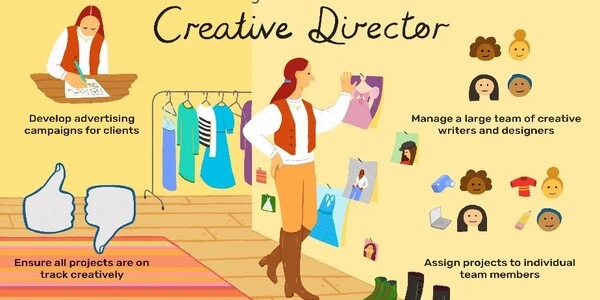
A Creative Director is the captain of the creative ship, leading and managing a team of talented professionals like art directors, copywriters, photographers, and web developers. Their vision is the guiding light for every project, translated into reality through engaging digital and print media.
Here’s a closer look at their responsibilities:
- Casts the Creative Vision
- Leads the Creative Team
- Manages the Creative Process
- Champions the Brand
- Works Across Departments
- Adapts to the Environment
2. Web designer
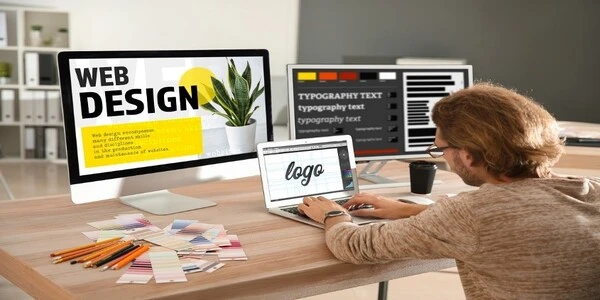
Web design is the process of creating and planning the look and feel of websites and web apps. Web designers are IT professionals who handle:
- Visual Design:Designing the aesthetics, layout, and overall visual appearance of a website.
- Usability:Ensuring the website is user-friendly and easy to navigate.
- Content Creation:Sometimes creating text content for the website.
- Navigation & Structure:Designing how users will move around the website.
Web designers need both technical and creative skills. They should be able to imagine how a website will function and look, and then turn those ideas into a real website. With the growing importance of online presence, web design is a high-demand and coveted graphic design job.
3. Logo designer
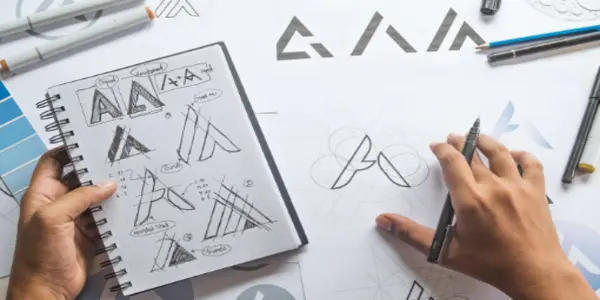
A logo is more than just a symbol; it’s a carefully crafted visual identity for a company, product, or organization. Skilled designers create logos using specific colours, shapes, and designs to represent a brand’s unique personality. This visual mark fosters brand loyalty and creates a lasting impression in customers’ minds, making it easier for them to find what they’re looking for.
Logo designers are the graphic artists behind these powerful visuals. They can be freelancers or work for design firms and advertising agencies, customizing logos for individual clients. With every business striving for unique brand recognition, logo designers are in high demand. Companies can outsource logo design or hire a designer in-house, depending on their needs.
4. Multimedia Artist/ Animator
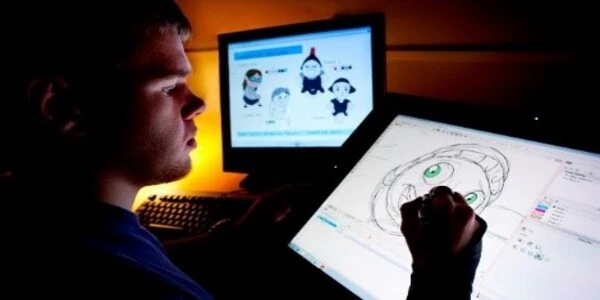
The field of multimedia design offers a dynamic and in-demand career path, ranking among the top prospects within graphic design jobs. Multimedia artists and animators are the creative minds behind the captivating visuals we see in movies, television, video games, and commercials. They wield a powerful combination of artistic talent, sound design, and technical expertise to bring characters, environments, and stories to life through animation, video, and captivating imagery.
These skilled professionals leverage a diverse arsenal of computer programs and film techniques to craft everything from technical illustrations to awe-inspiring visual effects. But multimedia design isn’t a solo act. Artists typically collaborate as part of a team, each member contributing their expertise in areas like texture design, character animation, or environment creation. The magic happens when all these individual pieces seamlessly come together to form a cohesive and visually stunning animation.
5. Layout designer or Layout Artist
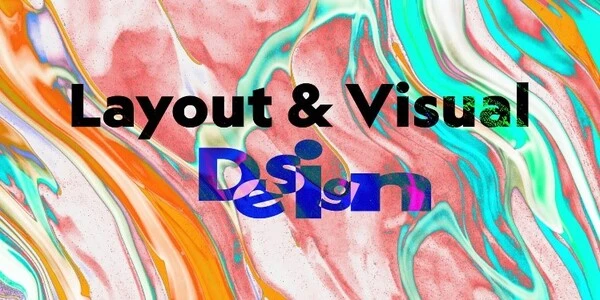
Layout artists bring animation to life. They work closely with directors, interpreting storyboards and crafting the visual foundation of each scene. This involves setting camera angles, lighting, depth, perspective, and scale, essentially creating the blueprint for the animation. They also determine character placement within frames, research the genre for visual accuracy, and design backgrounds that support the narrative.
On the other hand, layout designers focus on printed and digital publications. Their expertise lies in creating a harmonious blend of text and images. They meticulously arrange fonts, styles, spacing, image sizes, and positions to ensure a visually pleasing and readable experience for the audience. Their work encompasses designing layouts for diverse products like magazines, brochures, websites, and advertising materials.
Also read: How to start your own business in graphic designing?
6. Video & Film editor
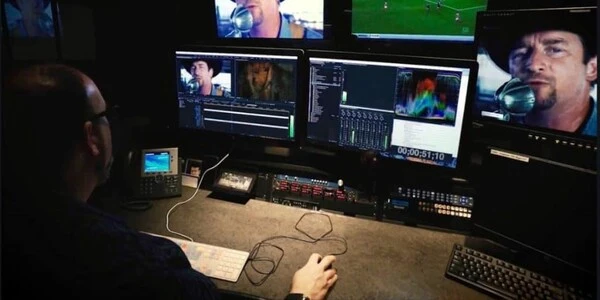
A skilled filmmaker, the video and film editor plays a vital role in post-production. They transform raw footage into a cohesive and polished final product. Editors begin by studying scripts or briefs to understand the story’s direction. Throughout filming, they meticulously assemble various elements like camera footage, sound effects, and animations. They also oversee audio engineering and ensure editing quality. Today, digital tools and non-linear editing techniques have replaced traditional methods. Editors constantly experiment with new design styles and techniques. They collaborate with diverse production teams on feature films, television shows, music videos, and more. As the Indian entertainment industry thrives, video and film editing has become a rewarding career path for many young people.
7. Product designer
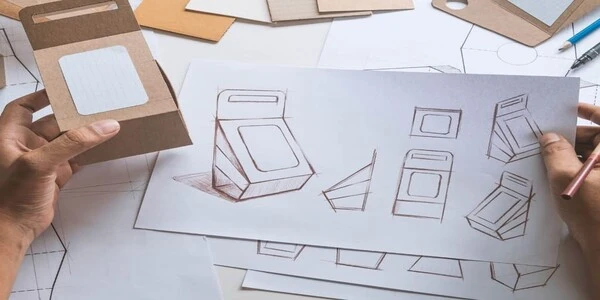
Product designers are problem-solving experts who bridge the gap between business goals and user needs. They leverage their technical knowledge and design skills to enhance existing products in terms of appearance, usability, quality, and cost. In some cases, they take the lead in designing entirely new products.
Their work encompasses the entire product development cycle, from user research and prototyping to testing, analysis, and communication. They collaborate with managers and clients to define product specifications, gather user feedback, and identify new business opportunities while staying mindful of budget constraints. Ultimately, product designers strive to deliver the best possible user experience for target customers, considering both business objectives and market trends. This multifaceted role, akin to other design professions, attracts a passionate pool of aspiring designers.
8. Drafter
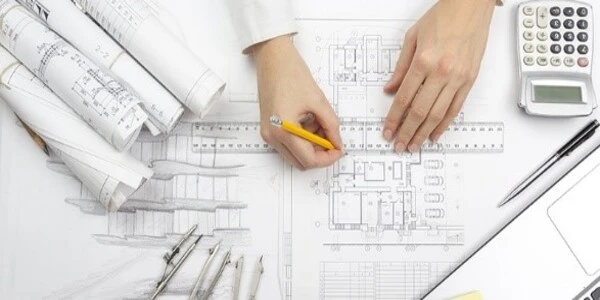
Drafters are the essential link between the creative visions of architects and engineers and the tangible reality of a construction project. They collaborate closely with these professionals to translate complex designs and layouts into a set of clear, technical drawings.
Using computer-aided drafting (CAD) software, drafters create detailed sketches, models, and blueprints. Their initial task involves gathering information from architects, engineers, and clients. This includes project specifications, construction site details like elevation and utilities, and client requirements.
9. Brand Identity designer
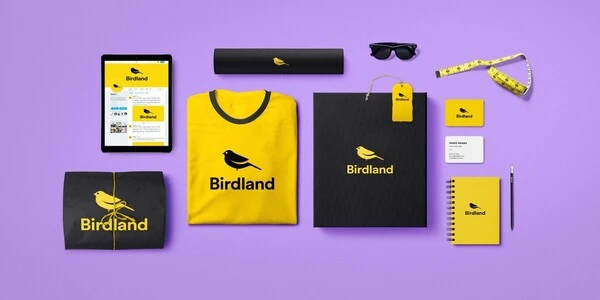
In the competitive marketplace, branding goes beyond just visual design. It’s the strategic creation of a company’s image, encompassing how it wants to be perceived by its customers. A core aspect is the visual identity, which unfolds across various touchpoints – business cards, packaging, signage, and more. This consistent visual language helps build brand recognition and leaves a lasting positive impression on the customer.
Brand identity designers are the experts who craft this visual story. They wield the tools of illustration, colour palettes, fonts, and imagery to create a unique identity that reflects the company’s vision and values. They combine these elements seamlessly to bring a brand’s ideas to life. These designers may be employed in-house or work with advertising agencies to develop and refine a brand’s visual language.
10. Photo Editor
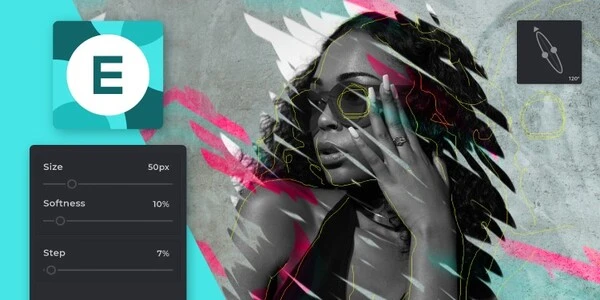
A photo editor plays a crucial role in shaping the visual narrative of various projects. They act as the mastermind behind the selection and use of photographs. This often involves collaborating with photographers, analyzing image content, and choosing the perfect pictures to suit the specific needs of a publication. Whether it’s a book, magazine, website, or even a corporate catalog, photo editors ensure that the visual content aligns with the project’s overall message and aesthetic. In some cases, they might even manage a team of photographers to capture the desired imagery.
Also read: 5 Best Graphic Designing Software for Students in 2023
Also check:
-
How Startups Benefit from Integrated Accounting and Banking Tools
-
Compliance and Security in E-Accounting and E-Banking?
-
Blog Writing vs. Social Media Writing: What's the Difference?
-
5 Best Computer Course in India for Private Job (India में प्राइवेट नौकरी के लिए 05 BEST कंप्यूटर कोर्स)
-
Google jobs in India | Google में चाहिए नौकरी तो कर ये 5 कोर्स - मिलेगा लाखों का पैकेज | Google Jobs
Conclusion
The world of graphic design offers a diverse range of exciting career paths, each with its own unique focus and challenges. Whether you’re drawn to creating brand identities, designing user-friendly interfaces, or crafting compelling infographics, there’s a perfect graphic design speciality waiting for you. With a strong foundation in design principles, the right software skills, and a dash of creativity, you can turn your passion for visuals into a fulfilling and rewarding career. So, explore these ten job profiles, identify the one that sparks your interest, and embark on your journey into the captivating world of graphic design!
You can do the diploma course in graphic designing from our DOTNET Institute, we provide both online and offline courses at affordable prices. This diploma course has 12 Modules with a duration of 6 months.
Also check:
FAQs
Graphic designers create visuals for various media, while web designers focus specifically on crafting the layout and user experience of websites.
While a degree can be helpful, many graphic designers enter the field with strong portfolios and relevant software skills.
Proficiency in design software like Adobe Photoshop and Illustrator, along with an understanding of typography and colour theory, are highly sought-after.
Absolutely! With the rise of online platforms, freelancing offers graphic designers the flexibility and freedom to work on projects they choose.
Following design blogs, attending industry events, and taking online courses are great ways to stay ahead of the curve in the ever-evolving graphic design landscape.


